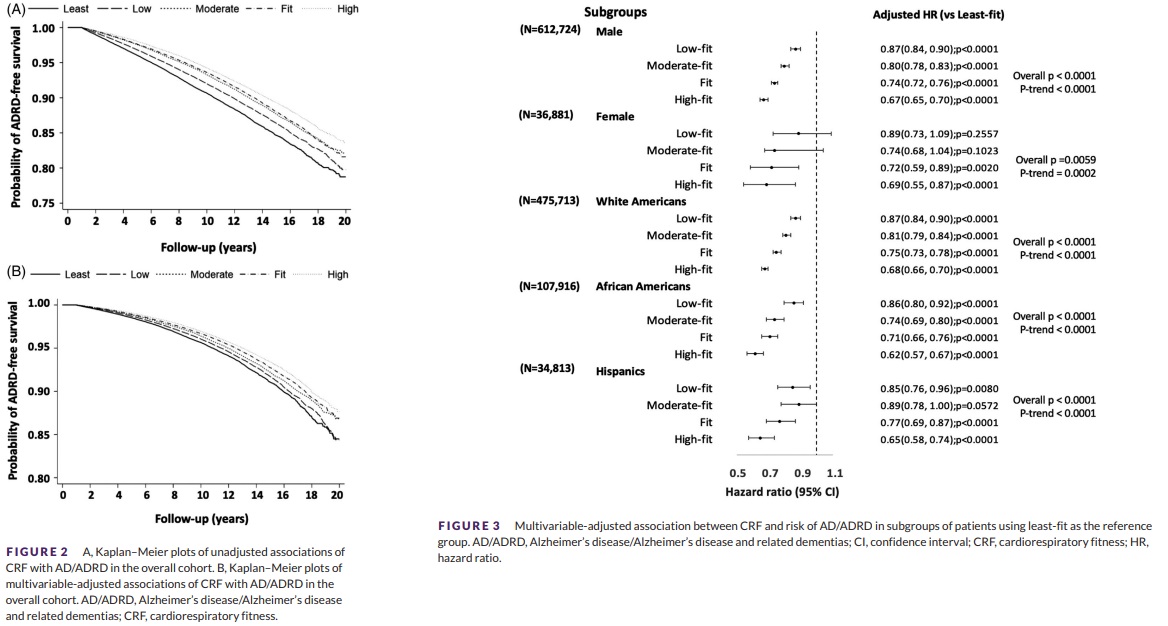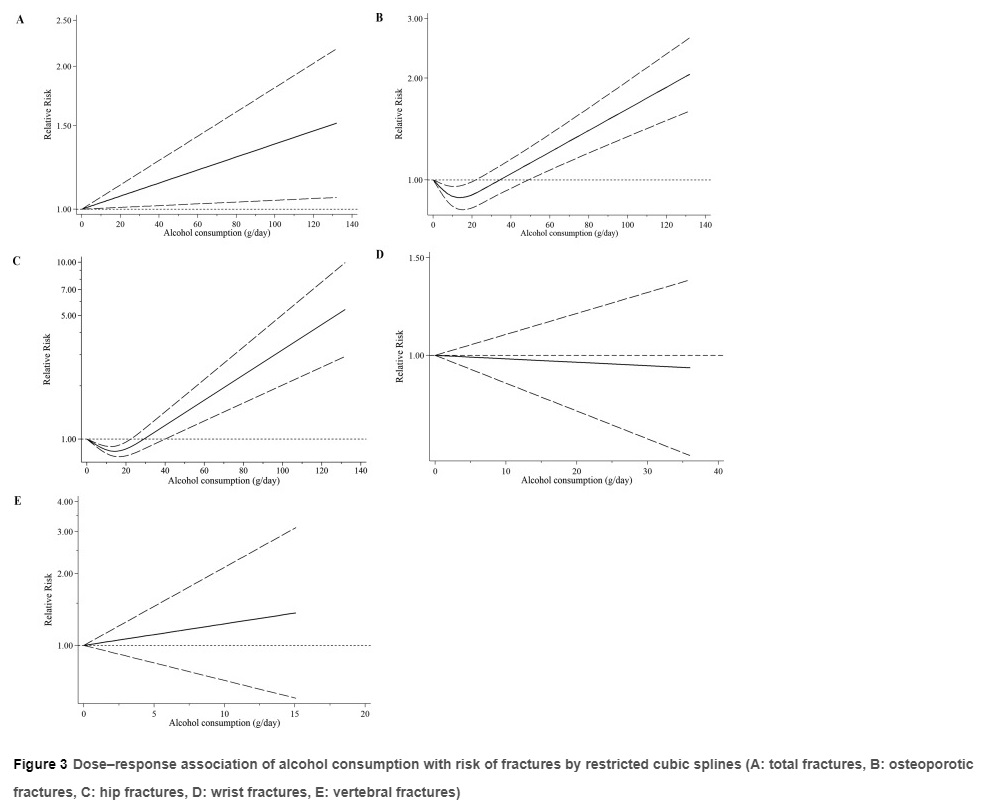
In this one in adults with obesity without diabetes who initially lost at least 5% of body weight, only the combination of an aerobic exercise program and a GLP-1 receptor agonist improved postprandial glucose & glucagon responses and beta cell function compared with placebo. 

- The aim of this study was to investigate glucose tolerance, glucagon response, and beta cell function during a 1-year maintenance period with either exercise, the glucagon-like peptide-1 receptor agonist liraglutide, or the combination after diet-induced weight loss.
- In this randomized placebo-controlled trial, adults with obesity (BMI: 32–43 kg/m2) without diabetes underwent an 8-week low-calorie diet (800 kcal/d) and were randomized to 52 weeks of aerobic exercise, liraglutide 3.0 mg/d, exercise and liraglutide combined, or placebo.
- One year after diet-induced weight loss, the combination of exercise and the glucagon-like peptide-1 receptor agonist liraglutide improved postprandial glucose & glucagon responses and beta cell function compared with placebo.
- On the other hand, liraglutide alone improved postprandial glucose response but not glucagon response and beta cell function, whereas exercise alone after weight loss was not associated with improvements on postprandial glucose & glucagon response and beta cell function.
Weight loss maintenance with exercise and liraglutide improves glucose tolerance, glucagon response, and beta cell function (open access)
doi.org/10.1002/oby.23…
#weightloss #MetabolicSyndrome #InsulinResistance #Obesity #Diabetes
doi.org/10.1002/oby.23…
#weightloss #MetabolicSyndrome #InsulinResistance #Obesity #Diabetes
• • •
Missing some Tweet in this thread? You can try to
force a refresh









